Every business needs a mobile app in today's digital age. Whether for internal operations or customer-facing services, mobile applications can be powerful tools to increase our business potential.
According to Statista, the global mobile app downloads will reach 299 billion by 2023. This is a massive increase of 25 billion in just three years from 275 billion downloads in 2020. And, this trend is expected to continue in the foreseeable future.
Considering this, building an app that stands out and allows your venture to be successful is important. But before launching a fully-fledged version of our app, we need to know how to build a minimum viable product (MVP). This will help us determine the product's basic features and potential, which will help us decide if it is feasible to continue and invest in the development of our app. But what exactly is an MVP? Why do we need to create an MVP? What are the mistakes to avoid when developing an MVP? Let's find out.
What is an MVP?
MVP stands for Minimum Viable Product, a version of the product with minimal features developed to gain feedback from potential users and customers. Eric Ries popularized this idea in his book, 'The Lean Startup.' An MVP is not just a prototype or proof-of-concept; it is also the first version of our app with all the core features.
How to Build an MVP for Your App?
To create a minimum viable product for your app, there are certain steps to be taken.
1. Carry Out Market Research

The first step when you start with how to build your MVP should be to carry out comprehensive market research. This will help us understand what features our target audience is looking for and how they want their apps to be. This will help us create an MVP that meets our users' expectations and identify potential customers or investors interested in what we offer.
Moreover, we need to analyze our competitor's apps, find out what features they are offering, and look at the reviews they have received. This will help us understand what our users expect from our app and what features make our competitors stand out.
2. Create a Wireframe of the App
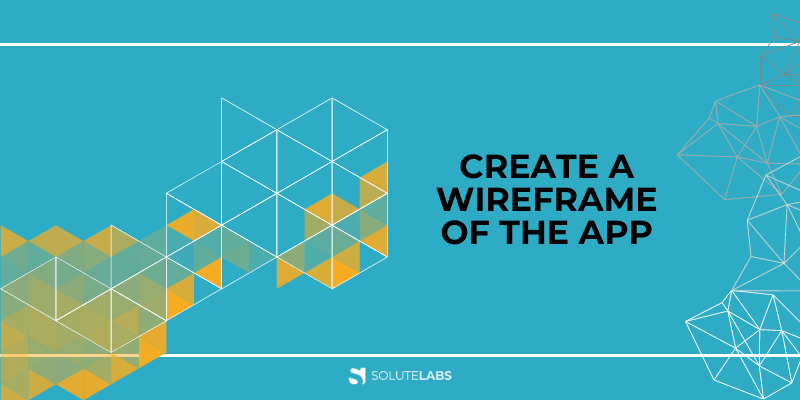
Once we have done market research, we will create a wireframe for our app. This will help us visualize how our app would look like and also the features it should have. Once we have all the features listed, we need to prioritize them based on their importance and create a wireframe showing how they would interact. This will help us clearly understand the project's scope and how much effort it would take to develop our app.
We can also use wireframes for prototyping the app and testing it with potential users. This will help us identify any flaws or features that need to be improved before we launch the full version.
3. Identify Revenue Model
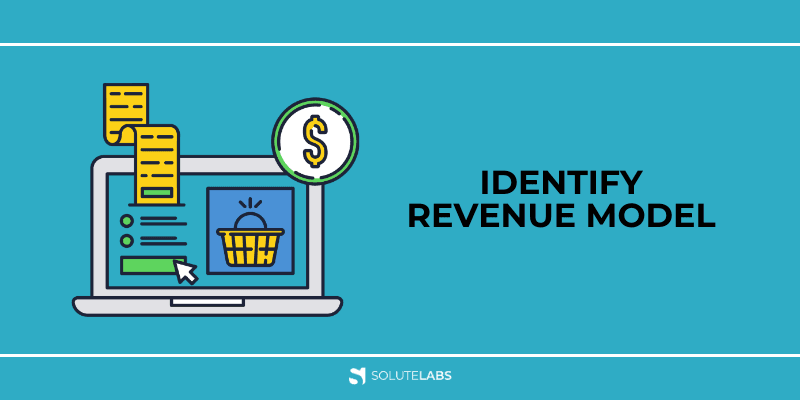
The next step is identifying and developing a revenue model for our app. We must consider different options like subscription-based models, pay-per-download or in-app purchases. This will help us decide how we will monetize our app and how much money it will likely generate.
Moreover, we need to consider user experience while developing our revenue model. We should ensure that the revenue model is not intrusive and does not hinder their experience.
4. Develop the MVP
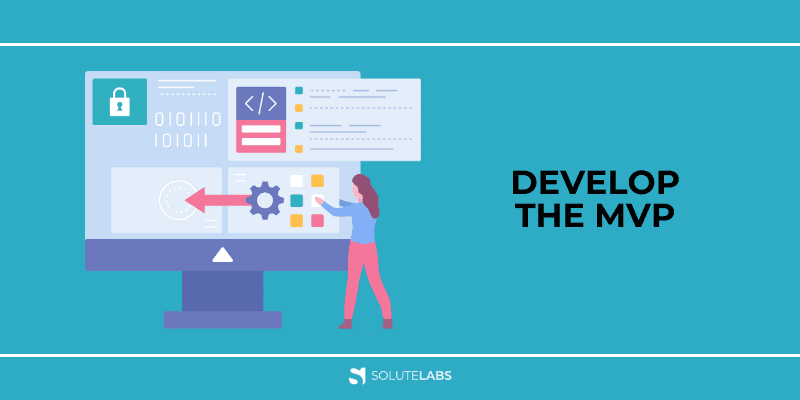
Once all the groundwork is done, it's time to develop your MVP. This phase includes the development, testing, and optimization of our app. We need to develop the MVP with all the core features identified in our wireframe and test it thoroughly before launching it.
5. Test the App with Beta Users
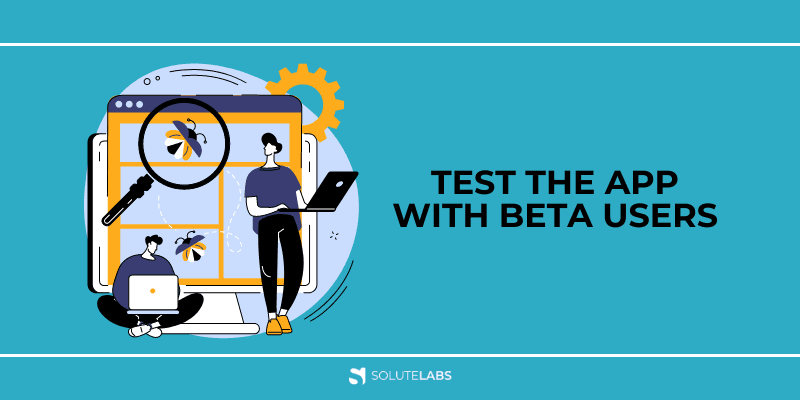
Testing is an important step for the success of our app. After developing and testing your MVP, we need to launch it with beta users. This will help us get feedback from actual users and identify issues or problems with our app. We should also gather insights from the beta users to help us improve our app and make it more user-friendly.
6. Find Investors

Once your MVP is ready and tested with beta users, it is time to look for investors. We should start by identifying potential investors interested in our app. We can contact them through email or even attend conferences and pitch our product to them.
Once we have identified potential investors, we can create a pitch deck and explain why our app is worth investing in. We should also have user data like downloads, usage stats, or reviews supporting our case.
7. Launch the Final Version
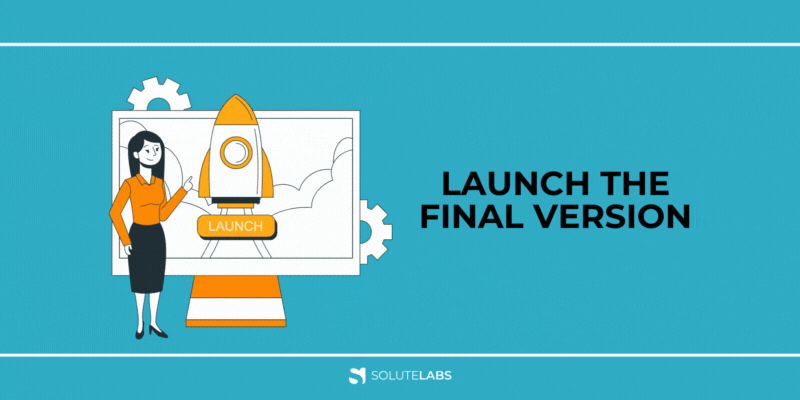
Finally, after the testing and optimization of our app, we can launch its final version. This is the most important step, as it will determine whether our app is successful. We should ensure that all the features are working properly and that any bugs or glitches are fixed.
We should also carry out promotional activities like social media campaigns, influencer marketing, or even content marketing to spread the word about our app. This will help increase our user base and also give us more visibility.
The key is to focus on the user experience and identify potential investors interested in investing in our app. With the right strategy, planning, and execution, we can create an MVP that will help us raise money for our mobile app and make it a success.
After the MVP is launched, it is important to keep track of the user feedback and make any necessary improvements. Iterating on the app will help us create a successful product in the long run. This way, we can continue to generate more revenue and increase our user base.
Finally, staying up-to-date with the latest trends and technologies in the app development space is also important. This will help us stay ahead of the competition and create an even better product for our users.
What are the Benefits of Creating an MVP?
Building an MVP provides many benefits for businesses that can't be overlooked. Some of the benefits include:
1. Lower Development Cost and Risk
Since only the essential features are included in an MVP, it requires less development cost and effort. This helps reduce the risk involved in the development and allows businesses to launch their apps quickly.
2. Gather User Feedback and Insights
MVPs can be used to gather user feedback that helps businesses identify what features are working and which need improvement. This helps businesses develop apps tailored to user needs and make them more successful in the long run.
3. Better Market Understanding
By launching an MVP and analyzing user data, businesses can better understand what users want and how their app should be developed to meet their needs. This helps businesses develop apps that can have an edge over their competition.
4. Investors' Confidence
MVPs also help gain investors' confidence as they can see the product's potential and how it would perform in the market. This can help businesses get the funding they need to develop their apps and make them successful.
Suggested Read
How to speed up mobile app development?
View Blog
Things to Avoid When Building an MVP
There are certain things that businesses should avoid when building a minimum viable product. Here are a few things that should be avoided:
1. Do Not Overcomplicate the MVP
When developing an MVP, businesses should focus on developing a minimal app version with only the essential features. This will help keep the development cost low and allow businesses to launch their apps quickly.
2. Do Not Try to Please Everyone
The MVP should not be tailored to meet the needs of every user. It should focus on a few core users who will help to identify what features should be included and which can be improved.
3. Do Not Launch an Unfinished Product
The MVP should be tested and optimized before launching, as launching an unfinished product can negatively affect the user experience and damage your brand's reputation.
4. Do Not Forget about Analytics
Analytics should be included in the MVP to track user data and get valuable insights. This can help businesses identify what features are working and which need to be improved.
Suggested Read
Flutter For MVP Development - Why Is It The Best Choice?
View Blog
Conclusion
Creating an MVP is a great way for businesses to launch their apps quickly, reduce risks, and attract investors. However, it's important to focus on developing a minimal app version that includes only the essential features and carries out some promotional activities.
Now you are familiar with the benefits of developing a minimum viable product and also know how to build an MVP for your app. If you’re exploring how technologies like AI can speed up this journey, check out our guide on AI for MVP development.
Check out SoluteLabs for more details. Good luck!






